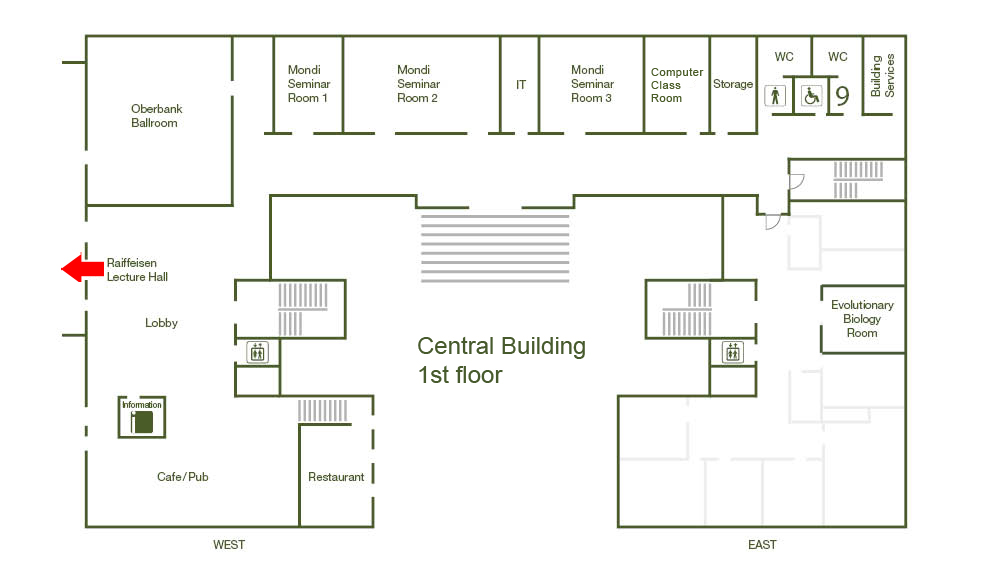Gene activity and the mechanics of embryonic development

During early development in all animals, patterns of gene activity establish groups of primordial cells that are destined to form different parts of the adult body. The genes involved in these early developmental steps are largely transcription factors and signaling components that localize to the nucleus and control subsequent long term expression of genes characteristic of each cell type. A remarkable feature of early development, however, is that these early genes also have immediate effects on cell morphology and behavior. Transformation of the fertilized egg into functional organism requires changes in cell shape and cell movement. Underlying these transformations must be local generation of forces in the embryo, as well as changes in the viscous and elastic properties of the cells themselves. How these physical properties in the embryo relate to early patterns of gene activity is a fundamental question in biology and is central to our understanding of embryonic development. Research in this area spans molecular genetics, computational biology and biophysics.
Free shuttle buses are provided to / from campus:
Regular IST shuttle #142: 4:03 pm from U4 Heiligenstadt/public bus stop (return from IST Austria campus at 6:40 and 7:10 pm)
Special IST Lecture shuttle: 4 pm from the Schwedenplatz/night bus stop (return from IST Austria campus at 7 pm)
Please register for the Lecture and shuttle here by September 25.